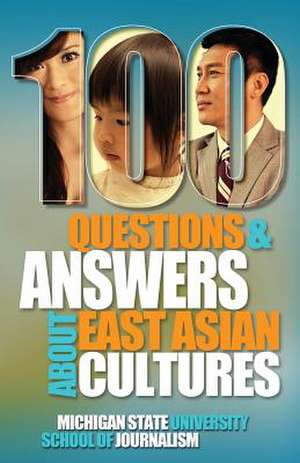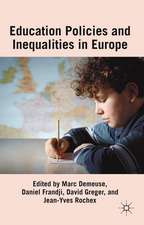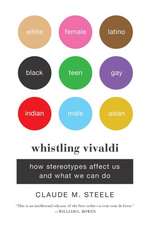100 Questions and Answers about East Asian Cultures
Jane Hyun Autor Michigan State School of Journalism Helen Ziaen Limba Engleză Paperback – 29 mar 2014
Preț: 98.78 lei
Nou
Puncte Express: 148
Preț estimativ în valută:
18.91€ • 20.54$ • 15.89£
18.91€ • 20.54$ • 15.89£
Carte tipărită la comandă
Livrare economică 21 aprilie-05 mai
Preluare comenzi: 021 569.72.76
Specificații
ISBN-13: 9781939880505
ISBN-10: 1939880505
Pagini: 76
Dimensiuni: 140 x 216 x 5 mm
Greutate: 0.11 kg
Editura: DAVID CRUMM MEDIA LLC
ISBN-10: 1939880505
Pagini: 76
Dimensiuni: 140 x 216 x 5 mm
Greutate: 0.11 kg
Editura: DAVID CRUMM MEDIA LLC
Notă biografică
This guide is one of more than 20 created by the Michigan State University School of Journalism to build cultural competence by spreading awareness about specific groups and communities. Ultimately, the goal is to break down cultural and socially constructed walls by opening discussion among people.The guides have been used for DEI training in business, the health industry, interfaith groups, universities and law enforcement. We approach cultural competence with the mindset that questions asked out of sincere interest, even if phrased in a less than graceful manner, are the best way to bridge cultures. The guides are meant to start that process and to lead to face-to-face conversations. The guides are icebreakers that individuals can read on their own or discuss in groups to make awkward conversations easier. Answers in these cultural competence guides are meant to be clear, honest and non-judgmental.












